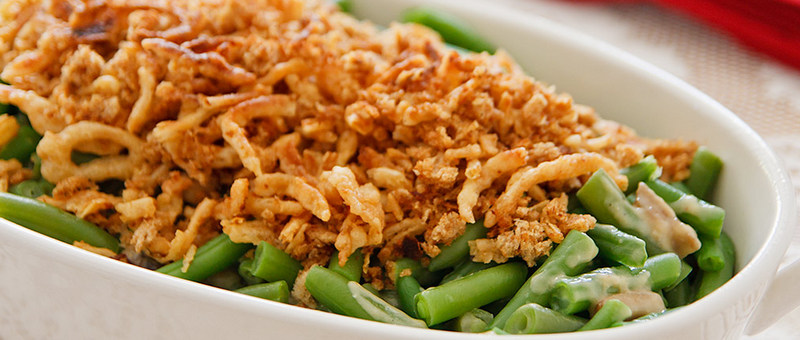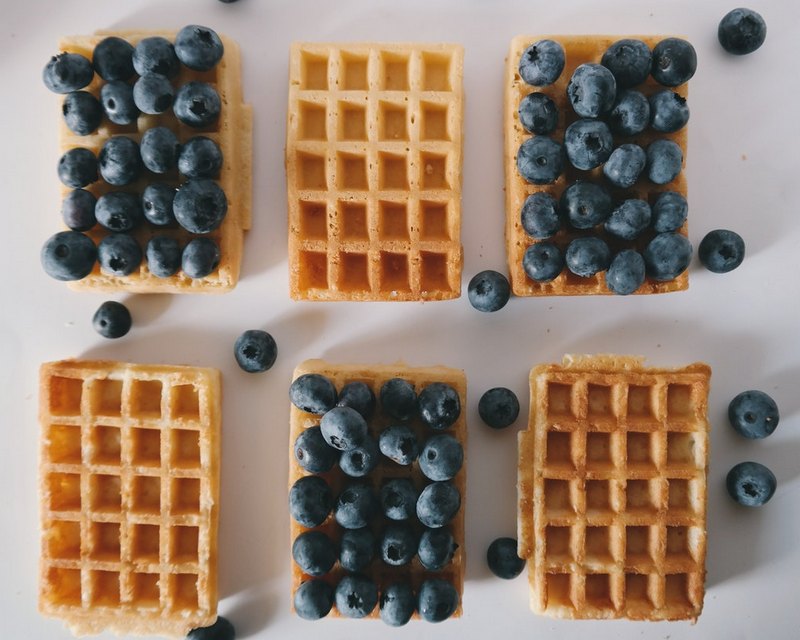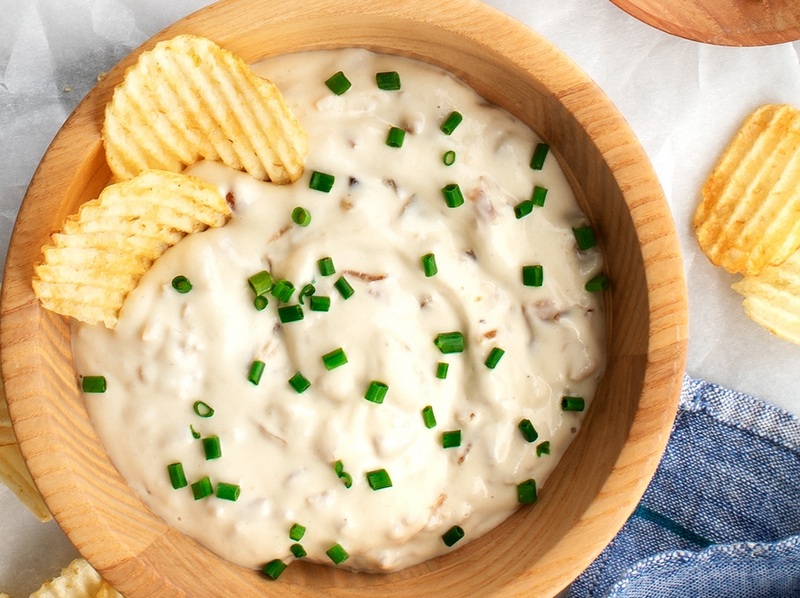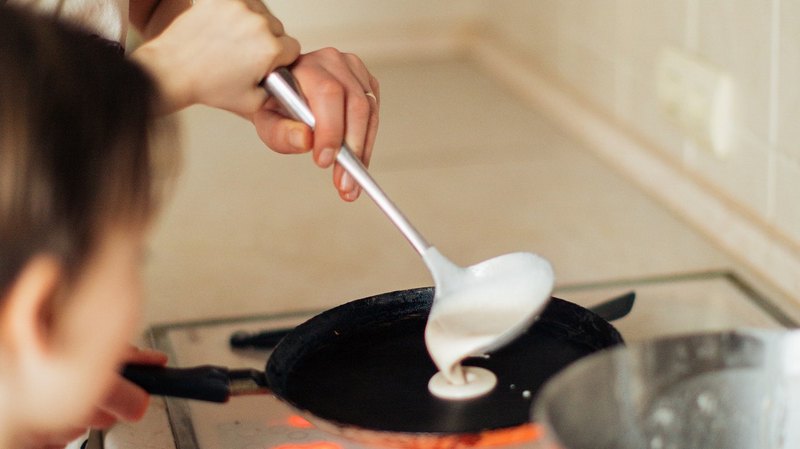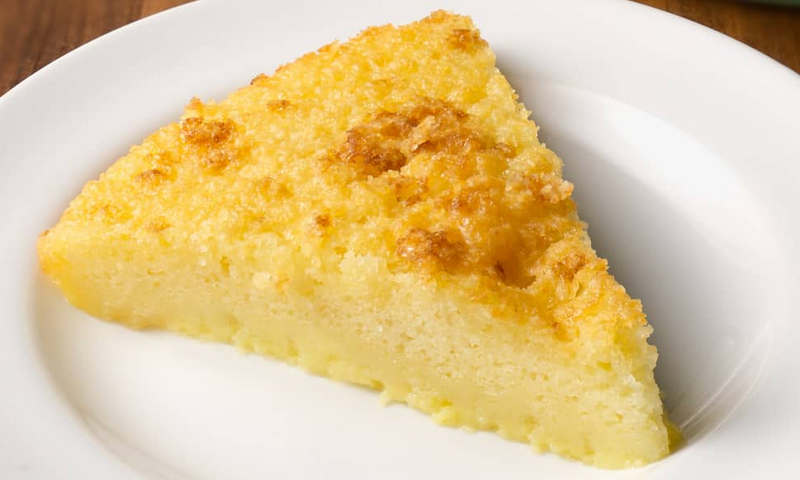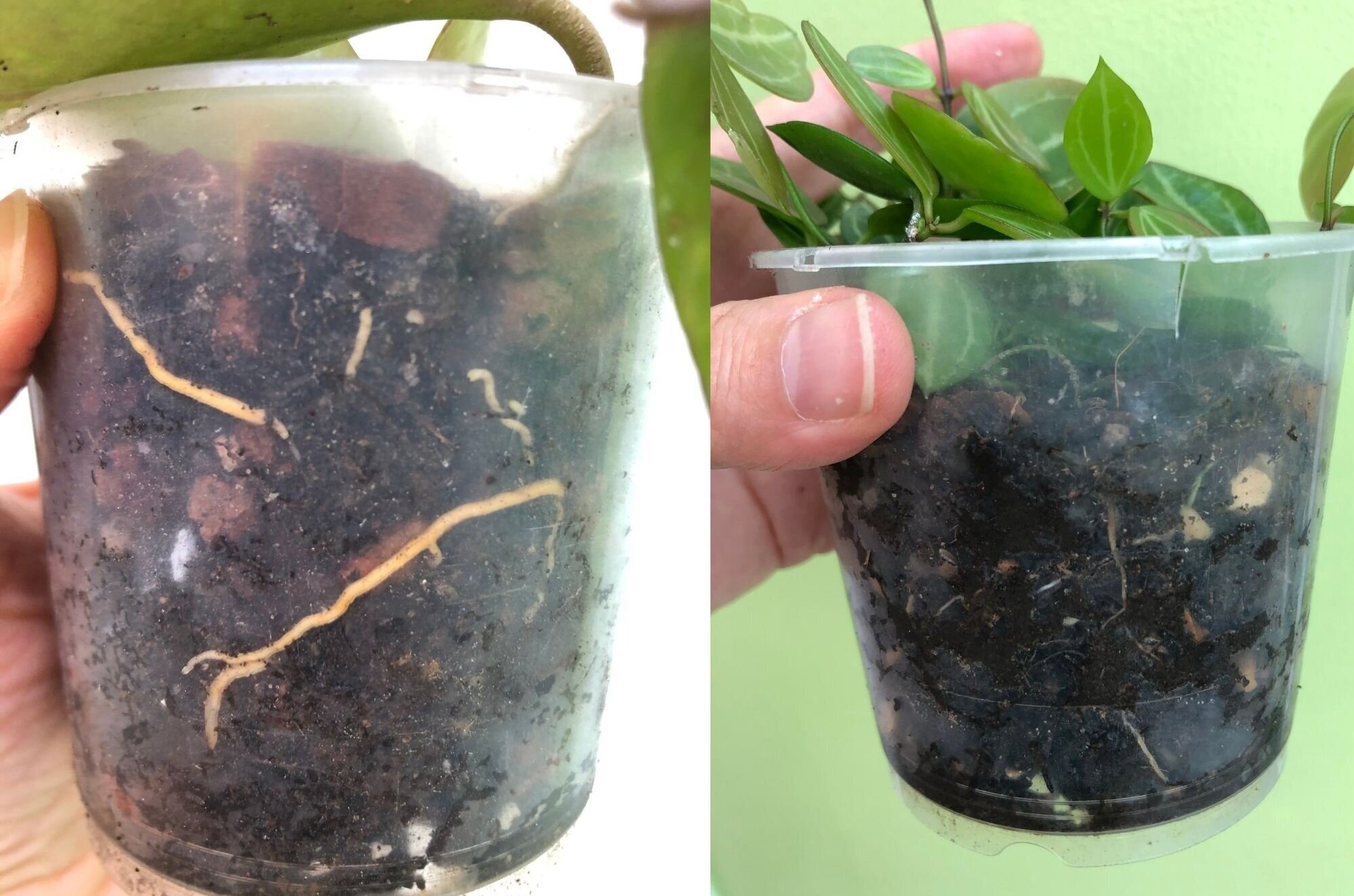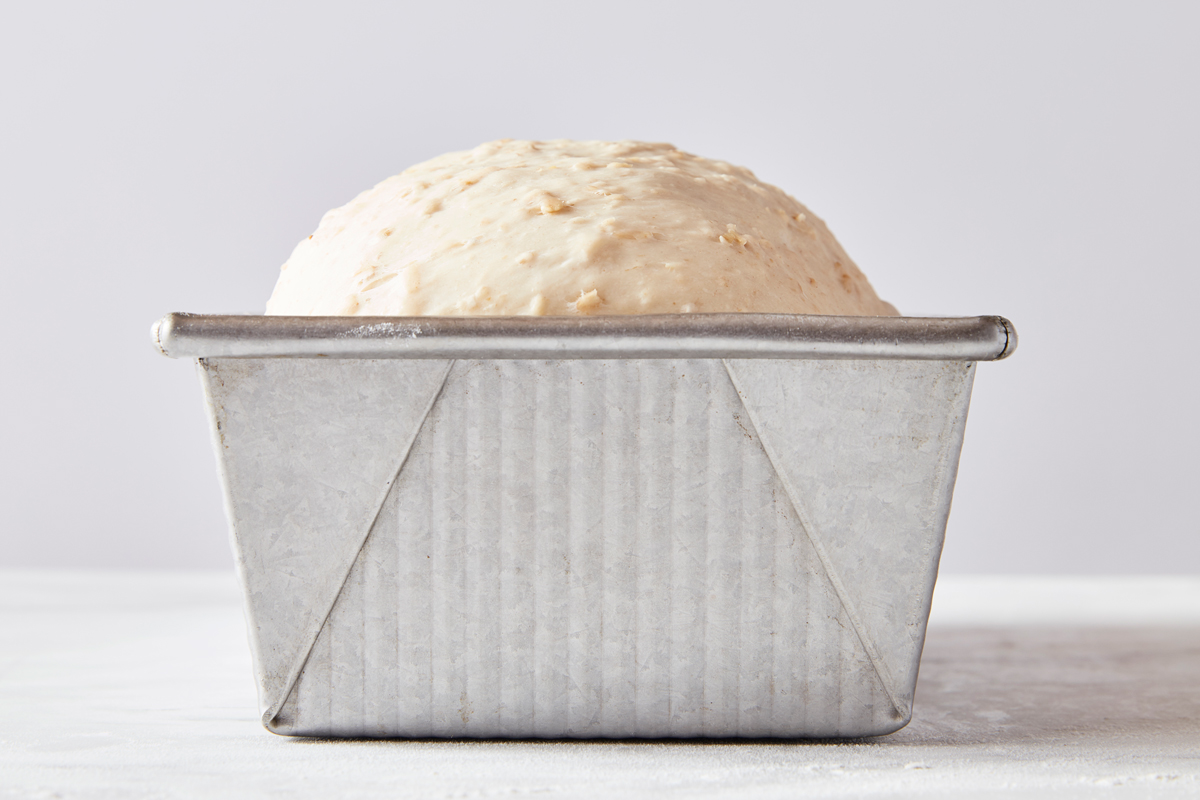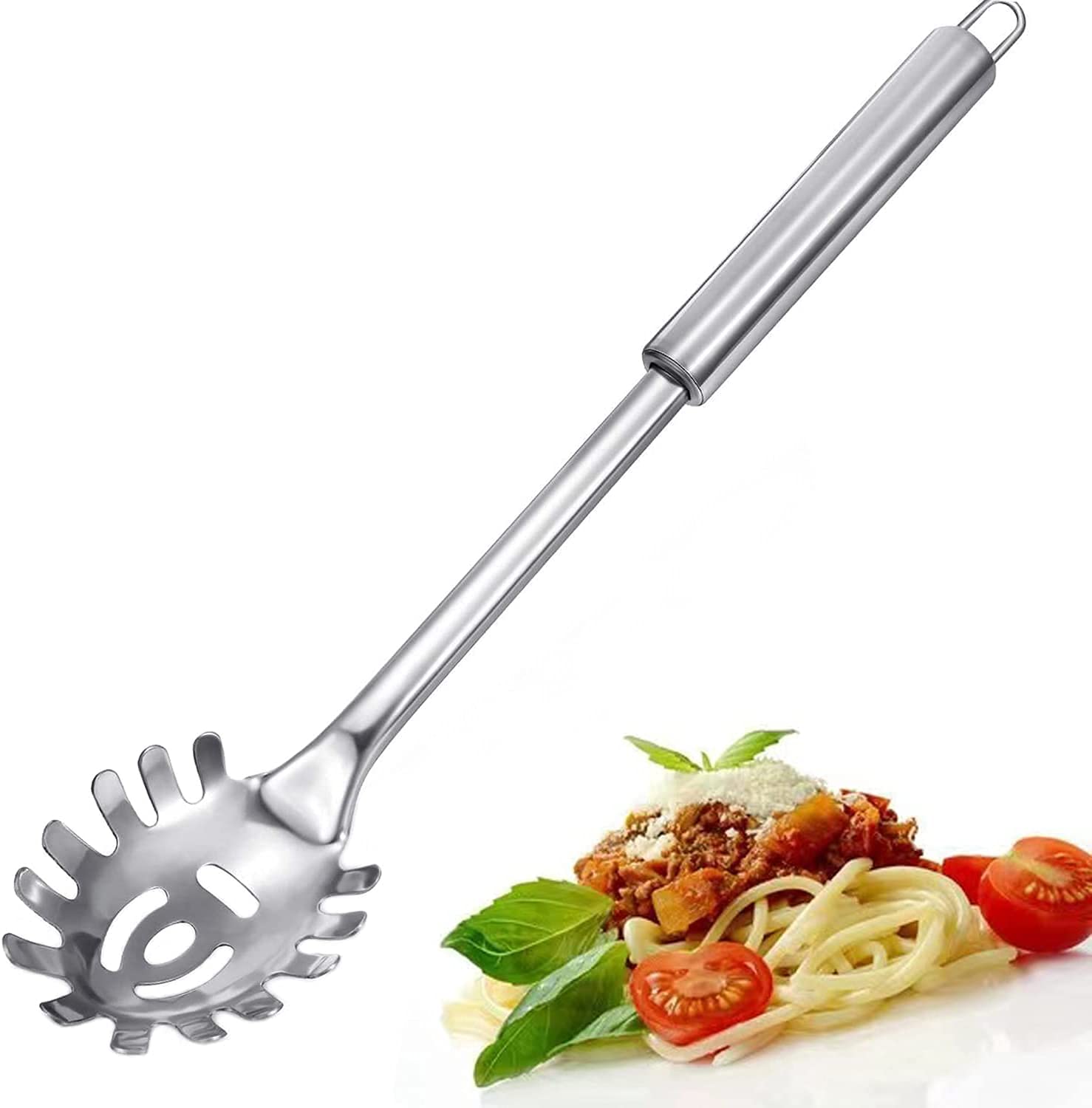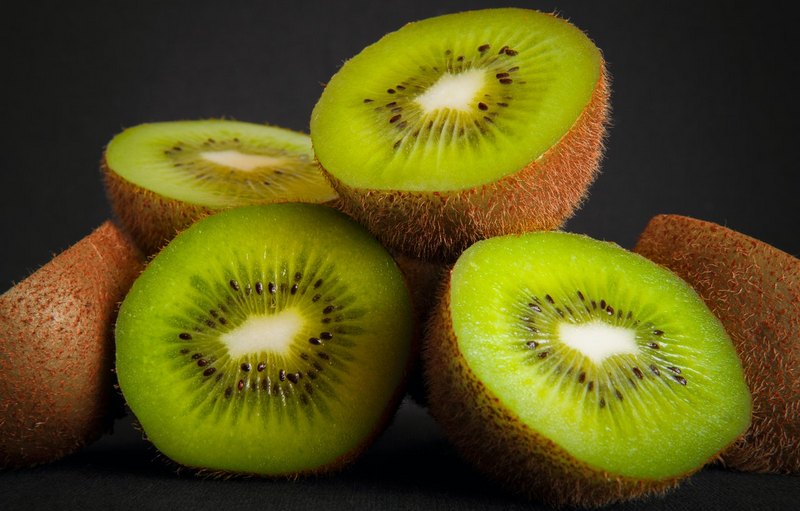Can You Freeze Green Bean Casserole?
Have you ever made a green bean casserole and unexpectedly, you had some leftovers? Handling leftover food can be worrisome at times when you do not know to how to properly store it. Your goal is to keep the leftover so it will remain best for consumption even after days or weeks. Casserole made of […]
Continue Reading